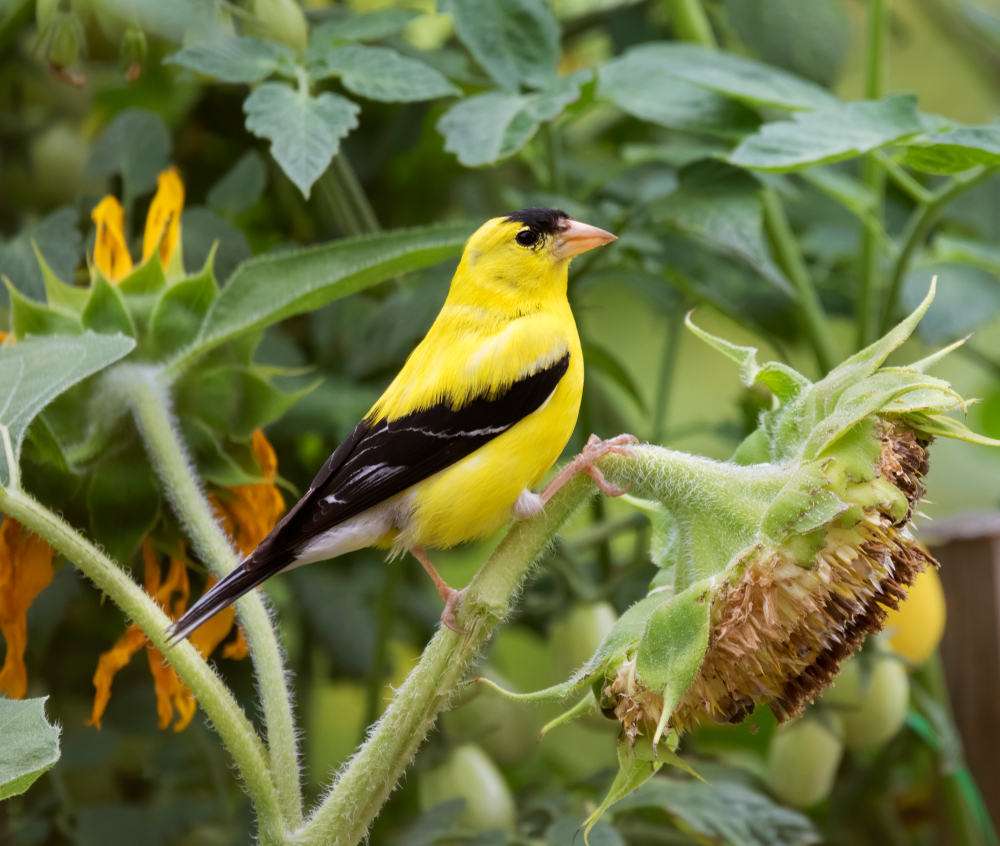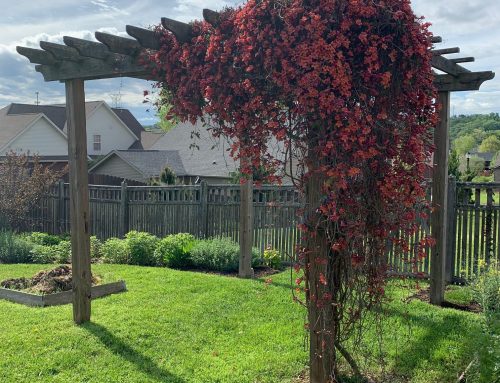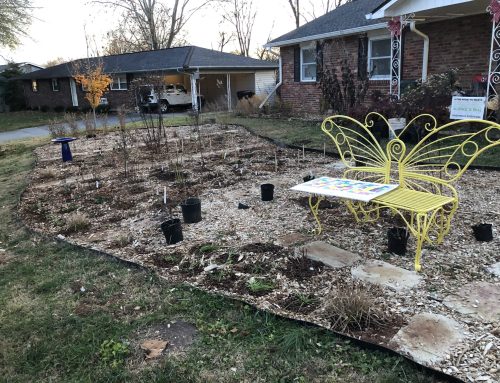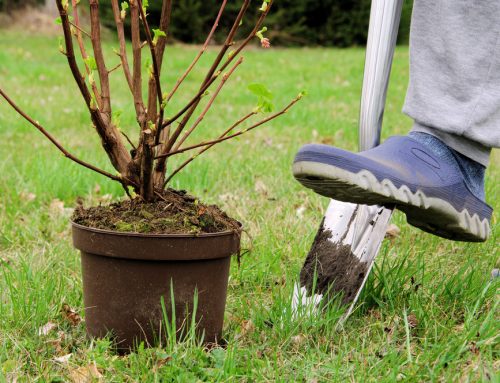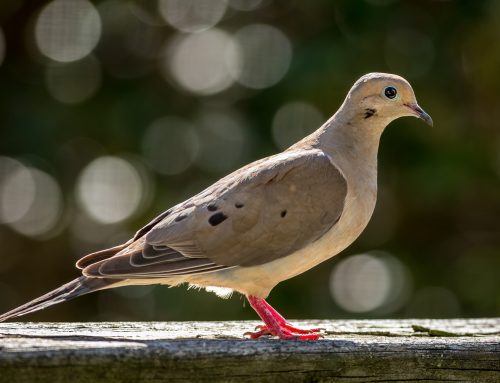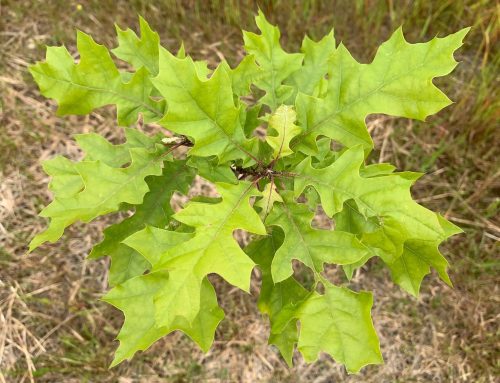By Karin Beuerlein
If you weren’t able to participate in our fall native plant challenge, I hope you’ll think about adding a native plant or two to your yard now that spring is almost here.
If you need a place to focus your thoughts, let’s talk goldfinches.
Generally speaking, the best way to bring a variety of birds into your backyard is to improve the quality of the overall ecosystem, rather than picking a bird species and trying to figure out the specific plants that will attract it. But I’ll single out the American goldfinch for two reasons: it does have specific needs that all yards don’t meet, and it’s a poster child for the effects of habitat loss and climate change on some of our favorite bird species.
You can do your part to help keep goldfinches around if you have a sunny spot or two. Keep in mind that they nest later than most backyard birds—in July and August—and they’re one of the few species that feed mostly seeds to their nestlings instead of insects. So they need a big supply of protein-rich seeds that starts in early to mid-summer and doesn’t run out. You can always feed nyjer seeds in a tube, but you’ll have much more activity if you build habitat goldfinches recognize as productive.
Steps to Take
Plant Rudbeckia and Echinacea species—black-eyed susans and coneflowers. As many as you can stand. If you have room for a variety, seek out species that bloom at different times and keep a succession of seedheads coming for the finches during nesting. In my garden, my Rudbeckia species include giant coneflower (try it—you’ll love it), brown-eyed susan, a sweet coneflower cultivar called ‘Henry Eilers,’ and the black-eyed susan ‘Goldsturm.’ In the Echinacea department, I have wavy-leaf coneflower, Tennessee coneflower, purple coneflower, and a garden cultivar called ‘Pica Bella.’ These bring me nonstop goldfinch activity during the height of their breeding season—and then all winter long because I leave the seedheads standing.
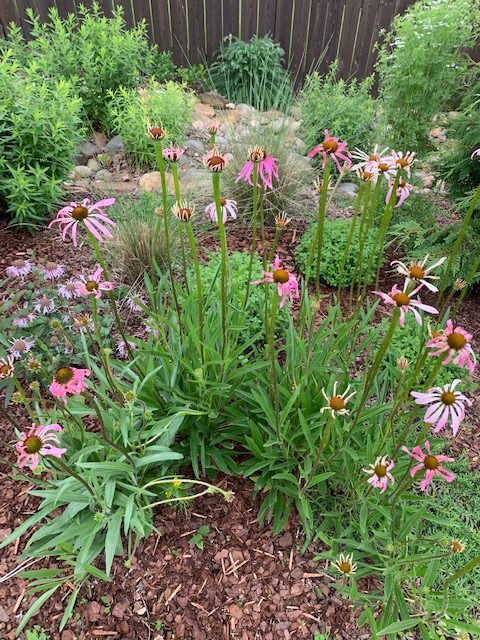
Two notes of interest: Tennessee coneflowers always face east. Be careful where you place them or you’ll be staring at their backsides all season. Also, avoid frilly, highly bred coneflower varieties that many garden centers carry; they’re often sterile and won’t set seed. If it looks like a pompom, pass.
Plant sunflowers. Make sure the seed packets indicate they’re good for pollinators (look for the words “heirloom” or “open-pollinated”); many sunflower hybrids are bred to be pollenless so that you can cut blooms and bring them inside, and that means few or no seeds. I plant a couple of open-pollinated varieties myself each year, but chipmunks also plant black-oil sunflower seed from my feeder all over my garden, which provides delightful surprises in odd places.
Plant a sugar or red maple. Maples are some of goldfinches’ favorite nesting spots.
Or a sweetgum. Goldfinches adore the seeds. I think people get too bent out of shape over the fact that sweetgum drops spiky balls everywhere. Nature is messy—embrace it. Or get the narrow cultivar of sweetgum, ‘Slender Silhouette,’ which has far fewer seed pods.
Add native milkweed or thistles. These plants produce goldfinches’ preferred nest-lining materials. Before you bristle at the word “thistle,” know that it’s the non-native kind that cause trouble; native thistles can actually be a lovely addition to a naturalistic or meadow garden.
Support renewable energy. Here’s a sobering fact: if global warming continues at its current pace, the goldfinch’s breeding range will no longer include much of East Tennessee, and that would be a significant loss. (To see what will happen to the goldfinch with various degrees of warming, visit the species page at Audubon and scroll down to the climate map.) I can’t cover all the ways to reduce your carbon footprint here, but I’ll point you to something easy and cheap: participate in KUB’s Green Switch Match program, which allows you to purchase renewable energy to offset your home power usage. That costs only about $10 per month for the average residential user, and pushes KUB to invest in more renewable energy sources. (TVA’s Green Switch program costs even less and is another way to contribute.) Why not take that small step on behalf of the finches, and all the rest of our climate-challenged bird friends?
